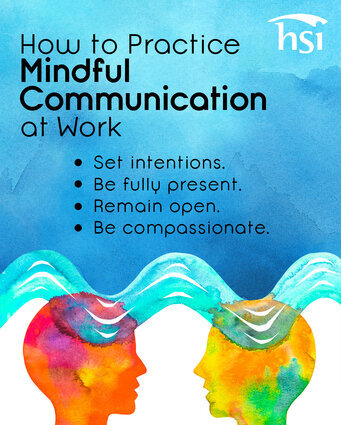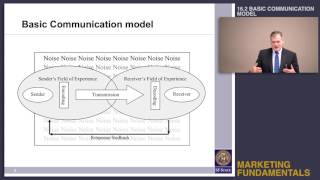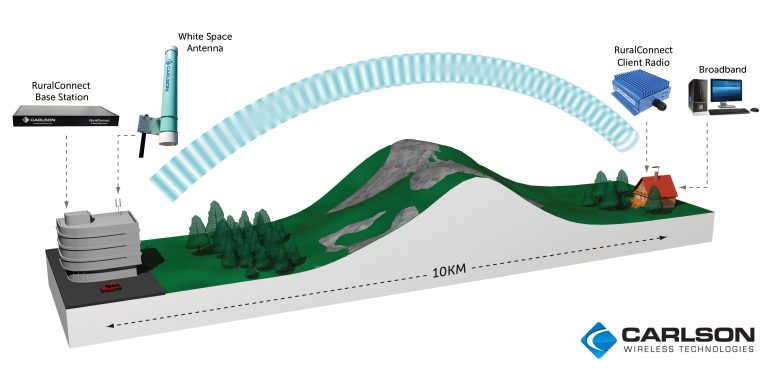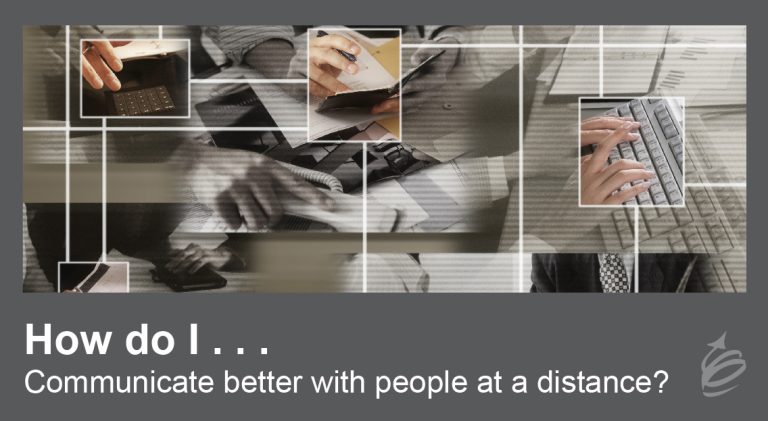Mindful Communication: Enhance Relationships Effortlessly
Mindful communication is about connecting deeply with others. It involves listening and speaking with intention.
In today’s fast-paced world, genuine conversation often takes a back seat. Many struggle to express themselves clearly or feel unheard. Mindful communication can help bridge these gaps. It encourages empathy and understanding, fostering stronger relationships. By focusing on the present moment, we can communicate more effectively.
This approach can transform interactions, making them more meaningful. Whether at work, home, or social settings, being mindful in how we communicate can enhance connections. Explore how mindful communication can improve your life and relationships. Dive into techniques and benefits that can make your conversations more rewarding and sincere.

Credit: www.amazon.com
Principles Of Mindful Communication
Mindful communication transforms interactions. It builds understanding and connection. This approach involves awareness and intention in conversations. These principles enhance personal and professional relationships. They foster respect and empathy. Let’s explore key principles of mindful communication.
Active Listening Techniques
Active listening requires full attention. Focus on the speaker’s words and emotions. Avoid interrupting during their speech. Nod or give small verbal acknowledgments to show engagement. Summarize their points to confirm understanding. This ensures the speaker feels heard and valued.
Non-judgmental Responses
Non-judgmental responses encourage open dialogue. Avoid forming opinions too quickly. Listen to understand different perspectives. Respond with empathy and kindness. Use phrases like “I see your point” or “That’s interesting.” This approach fosters trust and deeper connections.

Credit: www.amazon.com
Overcoming Communication Barriers
Effective communication is a cornerstone of healthy relationships, yet barriers often prevent us from truly understanding each other. Overcoming these hurdles requires awareness and mindful strategies to ensure our messages are heard and understood. How can you turn communication obstacles into stepping stones for deeper connections?
Identifying Emotional Blocks
Emotions play a critical role in communication. Often, they act as hidden barriers, clouding your ability to express yourself clearly. Have you ever felt anger or frustration bubbling up during a conversation? These emotions can distort your message and lead to misunderstandings.
Recognizing these emotional blocks is the first step. Take a moment to identify what you’re feeling before you respond. Are you upset because of the current situation, or is it a past experience influencing your emotions? Gaining clarity on this can prevent emotional overflow.
Strategies For Clear Expression
Once you identify emotional blocks, you can focus on expressing yourself clearly. Start by using simple language to convey your thoughts. Avoid jargon or complex words that might confuse the listener. Clear communication is about making your message accessible.
Practice active listening as part of your strategy. This involves fully concentrating on the speaker and responding thoughtfully. When you actively listen, you show empathy and understanding, which paves the way for effective dialogue.
Another useful approach is to pause before speaking. This brief moment allows you to organize your thoughts and choose words wisely. How often have you regretted saying something in the heat of the moment? A pause can help prevent this.
Consider your tone and body language as well. They often speak louder than words. Ensure your tone is calm and your body language is open. These non-verbal cues significantly impact how your message is received.
Finally, reflect on the purpose of your communication. Are you aiming to resolve a conflict, share information, or connect emotionally? Knowing your goal can help tailor your approach for better outcomes.
By addressing emotional blocks and employing clear expression strategies, you can overcome communication barriers. What changes can you make today to enhance your communication skills?
Building Emotional Intelligence
Mindful communication enhances emotional intelligence by fostering understanding and empathy. Focus on listening to others with full attention. Respond thoughtfully, considering emotions and perspectives.
Building emotional intelligence is a crucial aspect of mindful communication. It’s about understanding your emotions and those of the people around you. This understanding fosters deeper connections and more meaningful interactions. By enhancing your emotional intelligence, you can navigate conversations with greater ease and empathy. But how do you build this essential skill? ###Recognizing Emotional Triggers
Recognizing emotional triggers is a vital step in developing emotional intelligence. Triggers are the specific situations or words that can cause an intense emotional response. For instance, think about a time when a simple comment left you feeling upset or defensive. By identifying these triggers, you can prepare yourself to respond rather than react. Keep a journal to note when and why you feel triggered. This practice will help you become more aware of your patterns. Next time you face a similar situation, you’ll be better equipped to handle it calmly. ###Empathy In Conversations
Empathy is the ability to understand and share the feelings of another person. It’s about listening actively and responding thoughtfully. When engaging in conversations, focus on the other person’s perspective. What emotions might they be experiencing? Imagine you’re in a discussion with a friend who’s upset about a work issue. Instead of jumping in with solutions, take a moment to validate their feelings. “That sounds really tough,” you might say. This approach fosters trust and opens the door for more honest communication. Building emotional intelligence requires consistent effort and self-reflection. Are you ready to enhance your interactions and deepen your connections? Start today by recognizing your triggers and practicing empathy. Your conversations will become richer and more fulfilling, allowing for genuine connections with those around you.Cultivating Trust And Respect
Mindful communication is more than just exchanging words. It involves actively listening and responding with genuine intent. Cultivating trust and respect is essential for meaningful interactions. This approach fosters a positive environment where everyone feels valued. The process strengthens connections and encourages open dialogue, leading to deeper relationships.
Establishing Mutual Understanding
Mutual understanding is the foundation of trust. Begin by listening actively to others. Focus on their words, tone, and emotions. This helps in interpreting their perspective accurately. Reflect on what you hear before responding. It shows that you value their input. Use simple language to avoid misunderstandings. Clear communication prevents confusion and builds confidence.
Maintaining Boundaries
Respecting boundaries is crucial in communication. Clearly express your limits and respect others’ boundaries. This ensures comfort and safety for all parties involved. Healthy boundaries protect individuals from unwanted stress. They also promote self-respect and mutual respect. Boundaries encourage honest exchanges without fear of overstepping. They help maintain personal space while nurturing trust.
Practical Exercises For Mindful Communication
Mindful communication can transform how you interact with others, bringing clarity and empathy into your conversations. To strengthen these skills, practical exercises can be a great asset. These exercises help you stay present and actively engage with your communication partners. Let’s dive into a few techniques that can boost your mindful communication abilities.
Daily Mindfulness Practices
Start your day with a short mindfulness meditation. Even five minutes can center your thoughts and prepare you for meaningful interactions.
During conversations, focus fully on the speaker. Avoid thinking about your response or other distractions. Notice how this changes the depth of your understanding.
Reflect on your conversations each evening. Consider what went well and where you can improve. This simple practice fosters growth in your communication skills.
Role-playing Scenarios
Role-playing can be a powerful tool. It allows you to practice mindful responses in various situations before they happen in real life.
Gather a few friends or colleagues and set up scenarios where mindful communication is key. Such as a difficult work meeting or discussing sensitive topics with family.
Actively listen during these role-playing sessions. You’ll notice how different responses affect the conversation’s outcome. What did you learn from your reactions?
Mindful communication isn’t just a skill; it’s a practice that evolves with you. Which exercise are you excited to try first? Share your experiences and insights in the comments below!

Credit: www.orenjaysofer.com
Frequently Asked Questions
What Is The Meaning Of Mindful Communication?
Mindful communication means being fully present and attentive during interactions. It involves active listening, empathy, and understanding. This approach fosters genuine connections, reduces misunderstandings, and promotes positive relationships. By focusing on the present moment, individuals communicate more effectively and with greater clarity.
What Are The Principles Of Mindful Communication?
Mindful communication involves active listening, empathy, clarity, non-judgment, and presence. Focus on the speaker’s words and emotions. Respond thoughtfully and avoid distractions. Prioritize understanding and connection in conversations.
What Are The 7 C’s Of Communication Skills?
The 7 C’s of communication are clarity, conciseness, concreteness, correctness, coherence, completeness, and courtesy. These principles ensure effective and efficient communication by enhancing understanding, credibility, and interaction. Adhering to these can greatly improve communication skills in both personal and professional settings.
Conclusion
Mindful communication changes how we connect with others. It fosters understanding and respect. Listening is key. Speak with intention. Choose words carefully. These actions build stronger relationships. They create trust. Everyone feels heard and valued. It’s not just about talking.
It’s about listening deeply. It’s about being present. This approach can transform interactions. It brings clarity and peace. Practice it daily. Watch connections grow. Communication becomes meaningful. Relationships flourish. The journey starts with mindfulness. It starts with you.




